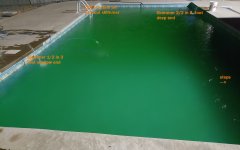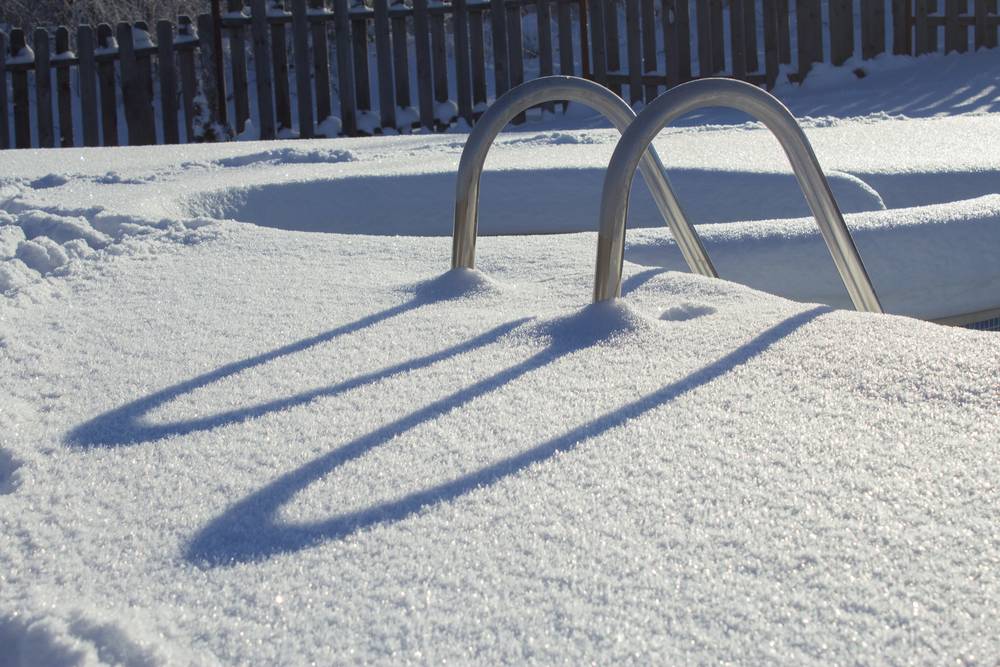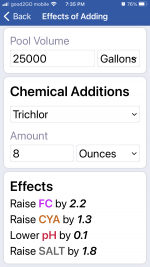- Jun 1, 2018
- 13,831
- Pool Size
- 26000
- Surface
- Vinyl
- Chlorine
- Salt Water Generator
- SWG Type
- Hayward Aqua Rite (T-15)
If You’re referring to the no drain water exchange in section 3.5 of the article linked above. It’s definitely the safest option & is used often to combat high cya &/ high ch. This method can be used to exchange any amount of water you wish.
There are quite a few calculations involved to determine flow rates of draining/filling as well as determining which end to drain from & refill to based on tds & temp differences etc. Be sure to read through to the end & follow the instructions exactly for the best end results.
Speaking of fill water, what is your water source? Municipal or well? Your answer may influence how much water you will be able to exchange/replace at once.
There are quite a few calculations involved to determine flow rates of draining/filling as well as determining which end to drain from & refill to based on tds & temp differences etc. Be sure to read through to the end & follow the instructions exactly for the best end results.
Speaking of fill water, what is your water source? Municipal or well? Your answer may influence how much water you will be able to exchange/replace at once.




